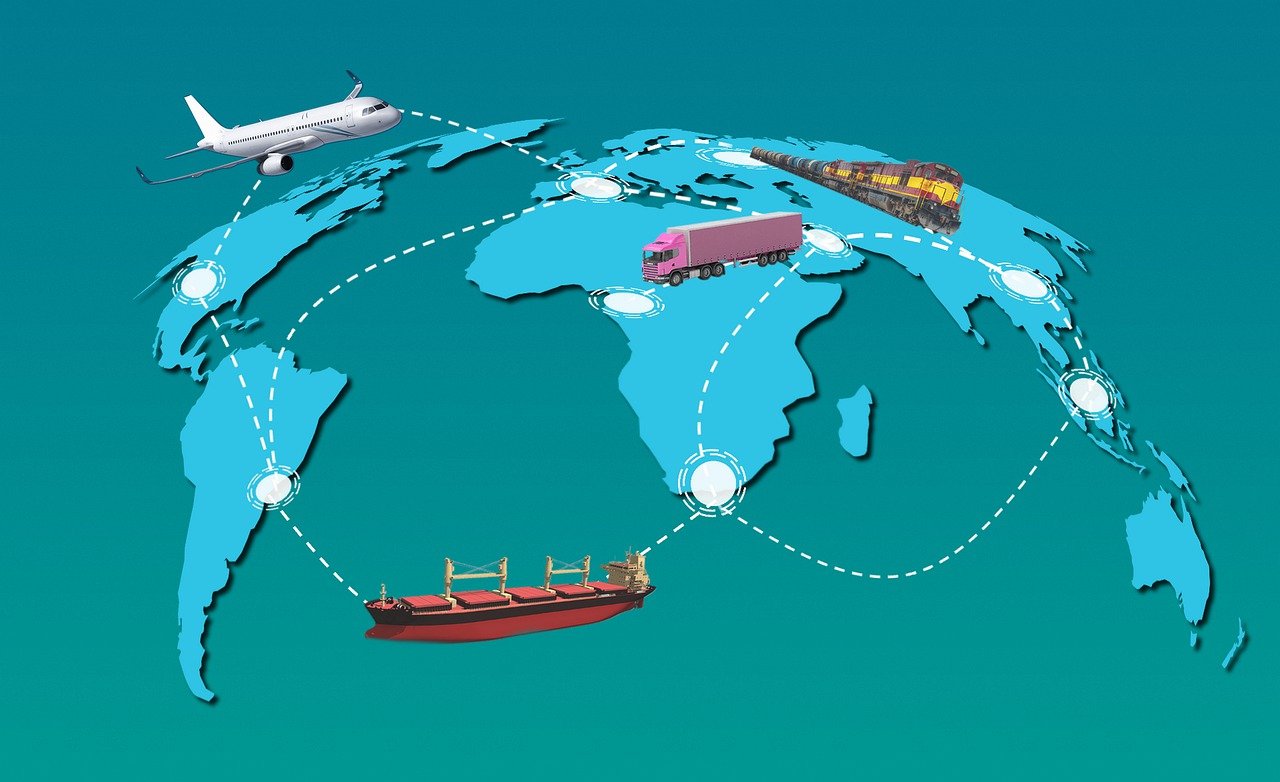
The supply chain must consider production planning to respond to demand.
A supply chain is a succession of processes, activities and resources that are essential for a product to reach its buyer . Known in English as supply chain , it covers everything from the activities carried out to obtain raw materials to the logistics actions necessary to make the merchandise available to the final consumer.
The supply chain, therefore, includes multiple operations. In this series of steps, different agents interact who, in different ways, intervene in the production , distribution and marketing of the articles.
Supply chain areas
The areas of the supply chain are basically three: the supply itself, manufacturing and distribution . The various tasks that are carried out under this concept, therefore, can be framed in one of these groups.
Supply circumscribes the activities that make possible the supply of raw materials used in productive work. Manufacturing refers to all the procedures that specify the transformation of these raw materials, generating a different product, while distribution refers to the procedures required for the product to arrive at warehouses, warehouses, premises, etc.
These three large sets of actions include dealing with suppliers , manufacturing work and the storage , transportation and distribution of goods , for example.
Main objectives
The main objectives of the supply chain are the delivery of products on time and the efficient management of inventories , thus avoiding delays and losses.
To achieve these goals, supply chain management must take into account stock sourcing , demand forecasting, order management, and freight , among many other issues. The idea is to achieve good operational efficiency that allows optimization of times and adaptation to possible changes in supply or demand.
It is important to consider that interruptions in the supply chain threaten the operation of the company. Today, thanks to digital transformation and the various existing tools for data analysis, incidents can be prevented and resolved very quickly.

Achieving sustainability in the supply chain is important for the operation of a company.
Types of supply chain
There are several types of supply chain. A traditional supply chain is classified as one that consists of parts that operate autonomously. If there are only three actors (supplier-manufacturer-customer), it is called a direct supply chain .
In a shared supply chain , the manufacturing stage is carried out with the intervention of two or more companies. If there are several suppliers and product lines, we have a complex supply chain .
The synchronized supply chain (characterized by the constant information flow between agents) and the strategic supply chain (which plans logistics according to the location of those who receive the products) are other classes that are usually considered.
In many cases, the supply chain can be categorized into more than one class. A supply chain can be direct and at the same time traditional, to mention one possibility.

There are multinational companies that have a global supply chain.
Complexity levels
Supply chain complexity levels vary depending on companies' activities. Typically, an industrial company has a complex supply chain with abundant logistics.
Marketing firms and entities dedicated to services , on the other hand, have short and poorly developed supply chains.
In any case, the supply chain is aimed at fulfilling customer orders . Ideally, demand is the driving factor in the supply chain: this way, the company can respond to requests without affecting its margins.
Artificial intelligence applied to the supply chain
Lto artificial intelligence (AI) aplicada a la cadena de suministro aporta numerosos beneficios. De hecho, las information and communication technologies (ICT) en su sentido más amplio ayudan a que la chain sea eficiente.
Cost reduction, risk management and speed of delivery can be optimized with a digital supply chain. Big data , the Internet of Things (IoT) , robotics , machine learning , autonomous vehicles , drones and automation are very useful instruments in the modern world.
With contributions from artificial intelligence, it is simpler to achieve a balance in the coordination of tasks and gain flexibility to provide immediate responses to market fluctuations. It also contributes to achieving transparency , so that information flows dynamically and continuously from the first stages until the delivery of the product or service is finalized.
Quality control , with monitoring and traceability tasks, is another dimension that can be perfected with AI and other technologies, as well as compliance with standards and regulations and the management of returns and refunds, among many other variables.
